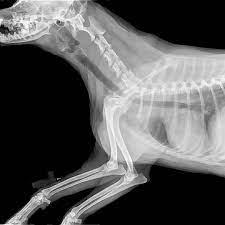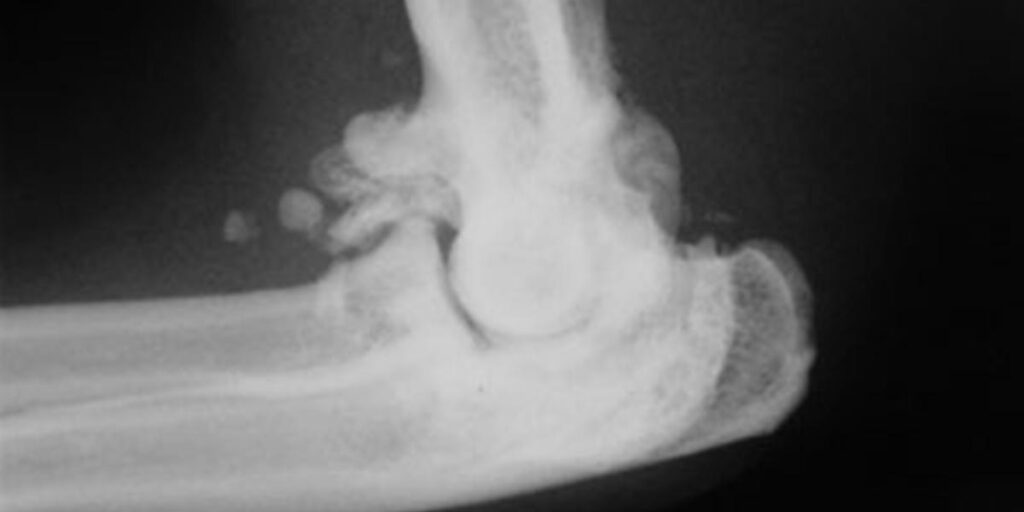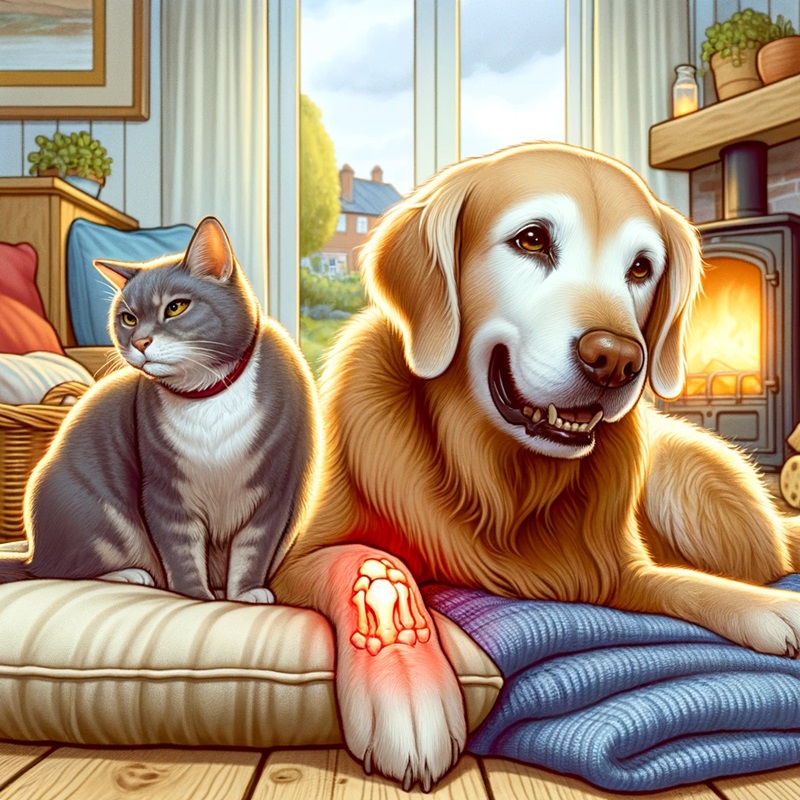
Just like people, cats and dogs as they age experience changes to their joints. Over time cartilage wears down and can no longer pad the bones associated with the joint and arthritis (bony changes) occur. Ligaments that hold bones in place to prevent abnormal and excessive motion fray and tear, too, abnormal bone rubbing also leads to arthritis.
As companion animals live longer and healthier lives than ever before, arthritis and joint issues along with ligament tears are seen more commonly. While in dogs, most pet owners notice a slowing down from walking or a reluctance to jump or run, many have trouble seeing the issues in cats. One reason for this is cats are less frequently watched as they go on leash walks and they can often still jump – just maybe not as high. Additionally, they are also better at hiding pain.
Close observation with cats is needed as well as seeing if they move more slowly, jump to lower surfaces and your veterinarian can also palpate their joints, flexing and extending each one to see if motion is reduced, pain elicited or ‘creaking’ felt. In addition, some arthritic cats have a harder time climbing into high sided litter boxes or position themselves the same way they used to for urinating or defecating.
Things that help:

For both cats and dogs, we can help by making sure they are not overweight, providing steps for areas they previously liked to jump on and off and make sure they have ways to access favorite spots without much discomfort.
Nutraceuticals:
Non prescription products that are available over-the-counter may help. Products like Dasuquin can be protective to the joints over time. Omega-3 fatty acids can reduce inflammation.
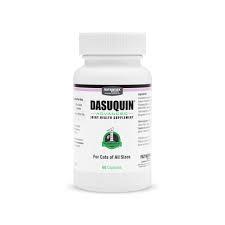
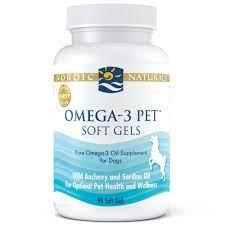
Adjuvant Treatments:
Cold laser therapy provided by a number of veterinarians can help reduce pain and inflammation by encouraing blood flow to damaged areas. Injections of medications like Adequan can also help with joint pain
Prescription Medications – oral and injectable:
Non-steroidal anti-inflammatories (NSAID) such as Carprofen (for dogs) and short-term use of robenacoxib brand name Onsior (for cats) can help reduce pain and inflammation. But these medications can have side effects that include liver and kidney issues.
A new injectable anti-body specific for dogs and cats Librela and Solensia, respectively, interferes with the binding of inflammatory and pain molecules from binding to their receptor, reducing pain and inflammation. These injections last a month and can be repeated monthly to address ongoing arthritic pain.
Gabapentin is another medication (brand name Neurontin) can also help both cats and dogs address pain but it doesn’t address inflammation and initially can cause sedation. Gabapentin along with an NSAID or antibody injection and some of the above mentioned treatments can all interact favorably to help your aging animal companion feel better and return to the activities they used to enjoy when younger.
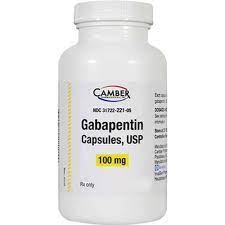
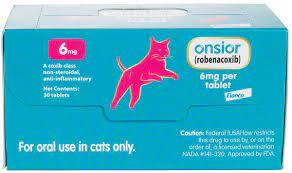
It is recommended to bring your pet in to be evaluated by your veterinarian and see what treatment or combination of treatments may give your companion the best outcome. In some instances, x-rays of the joints may be recommended to see exactly what is causing the issue.
